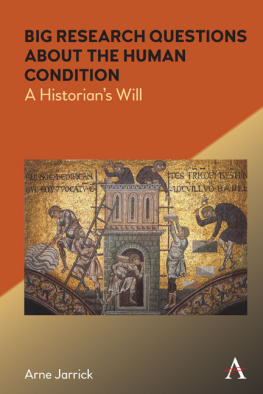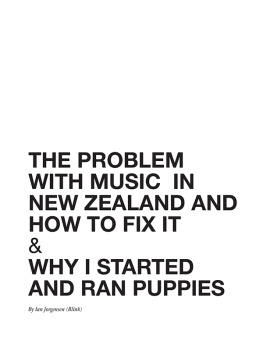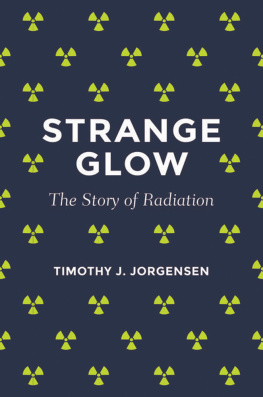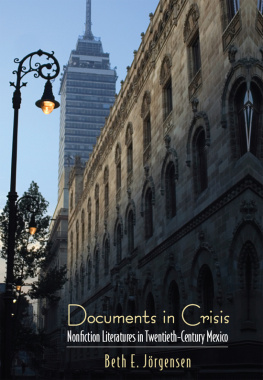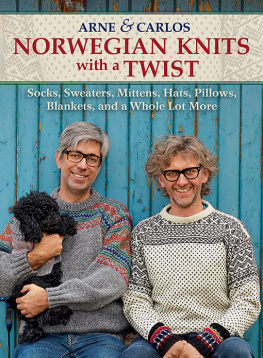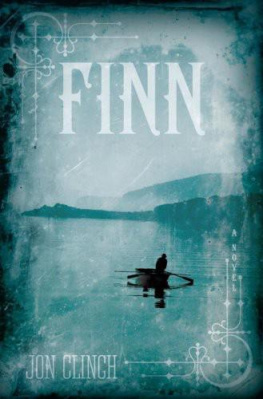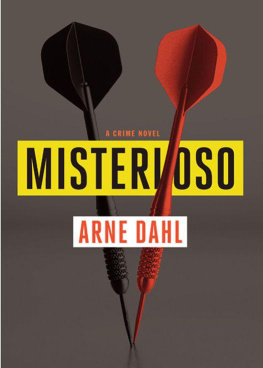Finn Arne Jorgensen - Recycling
Here you can read online Finn Arne Jorgensen - Recycling full text of the book (entire story) in english for free. Download pdf and epub, get meaning, cover and reviews about this ebook. year: 2019, publisher: MIT Press, genre: Politics. Description of the work, (preface) as well as reviews are available. Best literature library LitArk.com created for fans of good reading and offers a wide selection of genres:
Romance novel
Science fiction
Adventure
Detective
Science
History
Home and family
Prose
Art
Politics
Computer
Non-fiction
Religion
Business
Children
Humor
Choose a favorite category and find really read worthwhile books. Enjoy immersion in the world of imagination, feel the emotions of the characters or learn something new for yourself, make an fascinating discovery.

- Book:Recycling
- Author:
- Publisher:MIT Press
- Genre:
- Year:2019
- Rating:5 / 5
- Favourites:Add to favourites
- Your mark:
- 100
- 1
- 2
- 3
- 4
- 5
Recycling: summary, description and annotation
We offer to read an annotation, description, summary or preface (depends on what the author of the book "Recycling" wrote himself). If you haven't found the necessary information about the book — write in the comments, we will try to find it.
Recycling — read online for free the complete book (whole text) full work
Below is the text of the book, divided by pages. System saving the place of the last page read, allows you to conveniently read the book "Recycling" online for free, without having to search again every time where you left off. Put a bookmark, and you can go to the page where you finished reading at any time.
Font size:
Interval:
Bookmark:
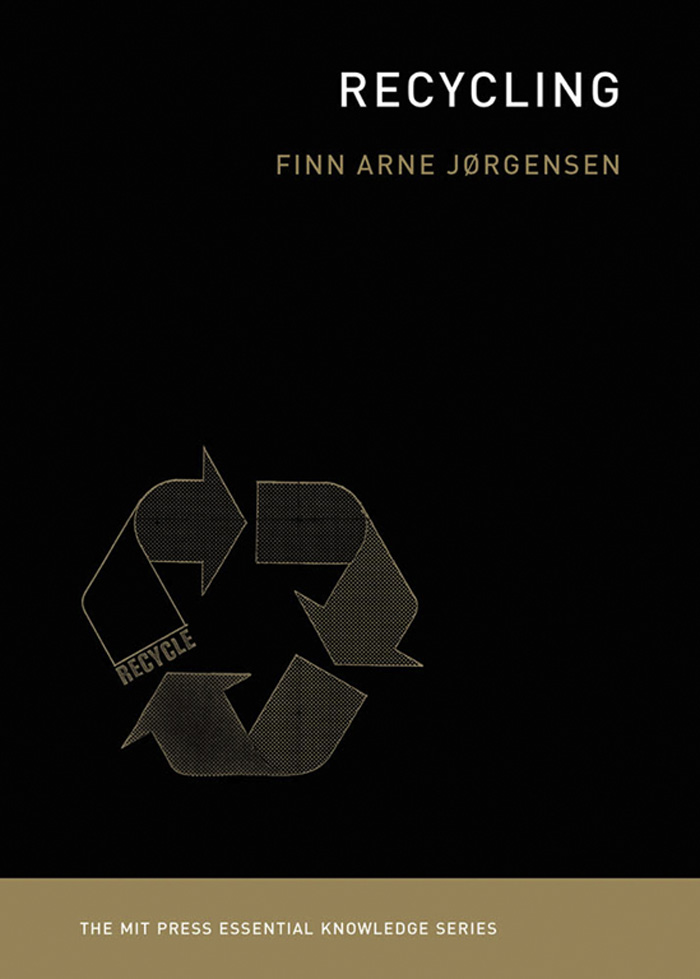
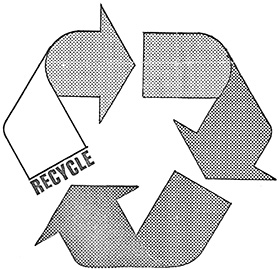
The MIT Press Essential Knowledge Series
A Complete list of the titles in this series appears at the back of this book.
Finn Arne Jrgensen
The MIT Press | Cambridge, Massachusetts | London, England
2019 Massachusetts Institute of Technology
All rights reserved. No part of this book may be reproduced in any form by any electronic or mechanical means (including photocopying, recording, or information storage and retrieval) without permission in writing from the publisher.
This book was set in Chaparral Pro by Toppan Best-set Premedia Limited. Printed and bound in the United States of America.
Library of Congress Cataloging-in-Publication Data
Names: Jrgensen, Finn Arne, 1975- author.
Title: Recycling / Finn Arne Jrgensen.
Description: Cambridge, MA : The MIT Press, 2019. | Series: MIT Press essential knowledge series | Includes bibliographical references and index.
Identifiers: LCCN 2019005608 | ISBN 9780262537827 (pbk. : alk. paper)
Subjects: LCSH: Recycling (Waste, etc.)
Classification: LCC TD794.5.J673 2011 | DDC 628.4/458dc23 LC record available at https://lccn.loc.gov/2019005608
10 9 8 7 6 5 4 3 2 1
d_r0
The MIT Press Essential Knowledge series offers accessible, concise, beautifully produced pocket-size books on topics of current interest. Written by leading thinkers, the books in this series deliver expert overviews of subjects that range from the cultural and the historical to the scientific and the technical.
In todays era of instant information gratification, we have ready access to opinions, rationalizations, and superficial descriptions. Much harder to come by is the foundational knowledge that informs a principled understanding of the world. Essential Knowledge books fill that need. Synthesizing specialized subject matter for nonspecialists and engaging critical topics through fundamentals, each of these compact volumes offers readers a point of access to complex ideas.
Bruce Tidor
Professor of Biological Engineering and Computer Science
Massachusetts Institute of Technology
If recycling is the answer, what is the question?
Frank Ackerman, Why Do We Recycle?
Is there a point to recycling? Does recycling matter? Is it good for the environment? Let me just state right away that it depends. While you may not find that a particularly helpful answer, this book deals with the many ways in which it depends. It is intended as a comprehensive and accessible overview of recycling as an activity and a process at the intersection of the material and the ideological. Recycling is not one single thing; it is a broad and sometimes amorphous set of activities that target many different problems, and both problems and solutions change over time and space. The global consequences of recycling are unevenly distributed and are becoming increasingly so.
From a technical point of view, recycling is a series of processes, or an infrastructure, that includes collecting recyclable consumer and industrial materials and products, sorting and processing the recyclables into raw materials, and manufacturing these raw materials into new products. But recycling also has ideological and cultural components. At its core, recycling is about transformation and value, where material waste is turned into potentially useful products. These uses can be both material and ideological. Recycling is one of many concepts that refer to how we might deal with matter about to be discarded. We can reduce, reuse, renew, refuse, recover, repair, restore, or reclaim; each of these represents one way of dealing with waste. All encourage us to rethink our relationship with matter around us. Recycling inevitably draws our attention to the questions: What is waste? What is useful? What is valuable? Who shall be responsible for this transformation? What are the alternatives?
The book is structured as ten short chapters that explore the emergence of recycling as a modern phenomenon and its transformation from a scarcity-driven activity to one predominantly motivated by other concerns, including environmental ideologies and economy. The book is intended to provide an overview rather than a comprehensive survey, and in writing it I have depended on the work of many excellent scholars across the globe. I have particularly relied on the emerging field of discard studies, a lively and dynamic field featuring both classic, older works and exciting new scholarship. My background as a historian of technology and environment has also shaped my approach. In this sense, this book is a work of recycling; I have mined the scholarship in order to turn it into something new. Rather than take my book as the final answer, consider it a beginning, as Im only touching the surface of these much deeper stories.
Recycling inevitably draws our attention to the questions: What is waste? What is useful? What is valuable? Who shall be responsible for this transformation? What are the alternatives?
My work on this book has spanned employment at two different universities: I started the manuscript at Ume University, Sweden, and completed it at University of Stavanger, Norway, the latter with special support from a Young Excellent Researcher grant that gave me generous funding to spend a month at the Rachel Carson Center for Environment and Society in Munich. Thanks to Christof Mauch for making this stay possiblethe book would not have gotten done without it! Dolly Jrgensen also deserves thanks for her support and sharp eye for text that helped me finish the manuscript.
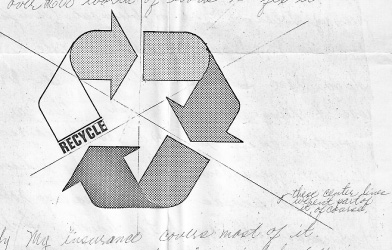
Figure 1 Draft of recycling symbol. Used with kind permission from Gary D. Anderson.
Recycling promised to help with both.
Through Paepckes leadership, CCA amassed a major collection of art that was later donated to the National Museum of American Art. This explains why CCA would be interested in a graphic design competition. But why a competition on recycling?
We need to understand that as a packaging company, CCA actually had a long history of recycling paper. Faced with a pulp shortage caused by the lack of wood (a recurring theme in the history of papermaking, as we will see), Paepcke had turned to recycling paper. At the time of the competition, most of the companys cardboard products came from waste paper. This made good economic sense for the company. More important, packaging had become increasingly visible, both at the point of purchase and after its use and eventual discarding.in nature, as litter. The increasing visibility of litter in the late 1960s also made visible the material maker of the litter. The afterlives of products became something companies had to address. CCA felt compelled to address the growing environmental concerns among consumers.
The recycling symbol arose out of the paper littering debate and has grown to become one of the most widely used and recognizable graphic symbols in the world. The design was fairly simple, with three arrows organized in a circle, each one pointing to the next. Each arrow was folded at an angle, as if it were made out of paper. In Andersons first design, the word RECYCLE sat at the base of one of the arrows, but it would eventually be unnecessary. Environmental historian Finis Dunaway argues that the recycling symbol is the most significant visual output of Earth Day, even speculating that it may be one of the most widely seen images in contemporary culture.
Next pageFont size:
Interval:
Bookmark:
Similar books «Recycling»
Look at similar books to Recycling. We have selected literature similar in name and meaning in the hope of providing readers with more options to find new, interesting, not yet read works.
Discussion, reviews of the book Recycling and just readers' own opinions. Leave your comments, write what you think about the work, its meaning or the main characters. Specify what exactly you liked and what you didn't like, and why you think so.


